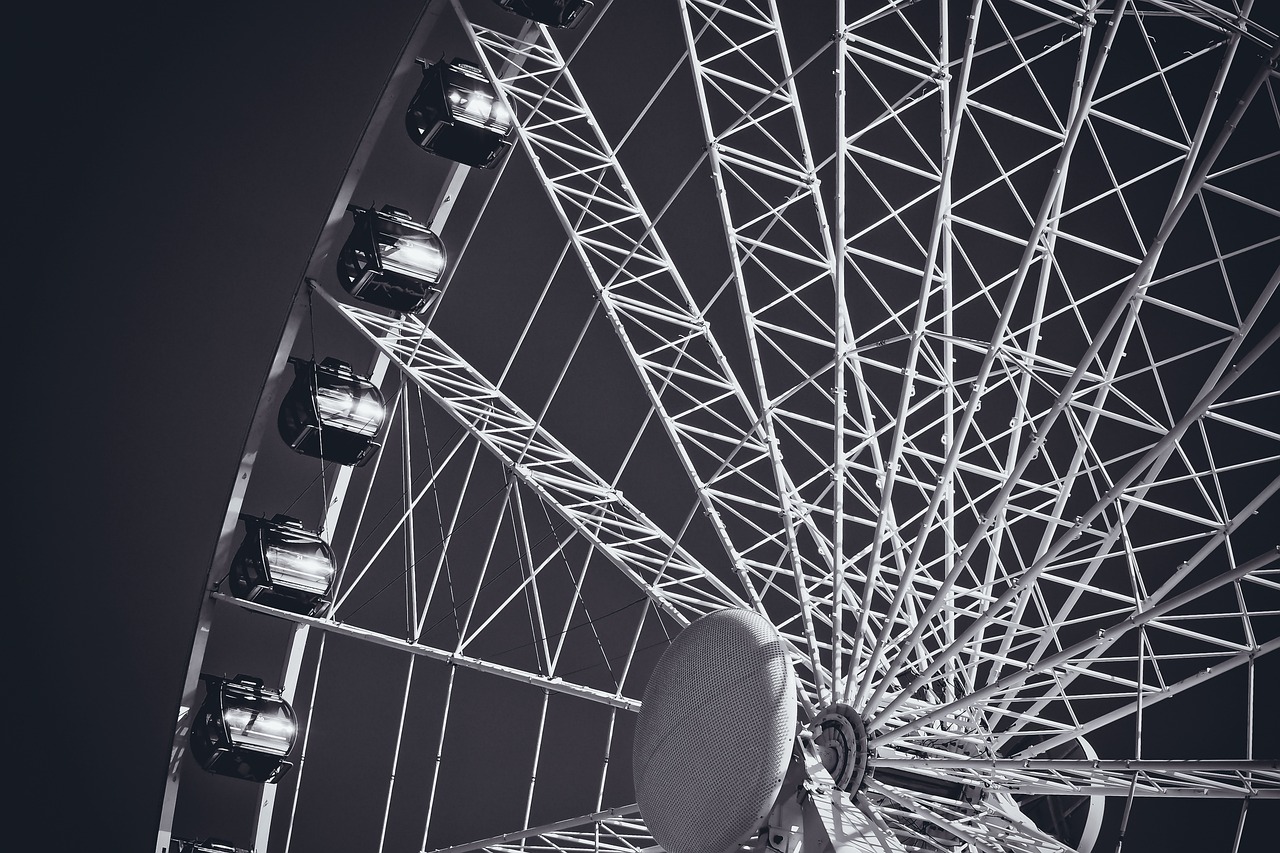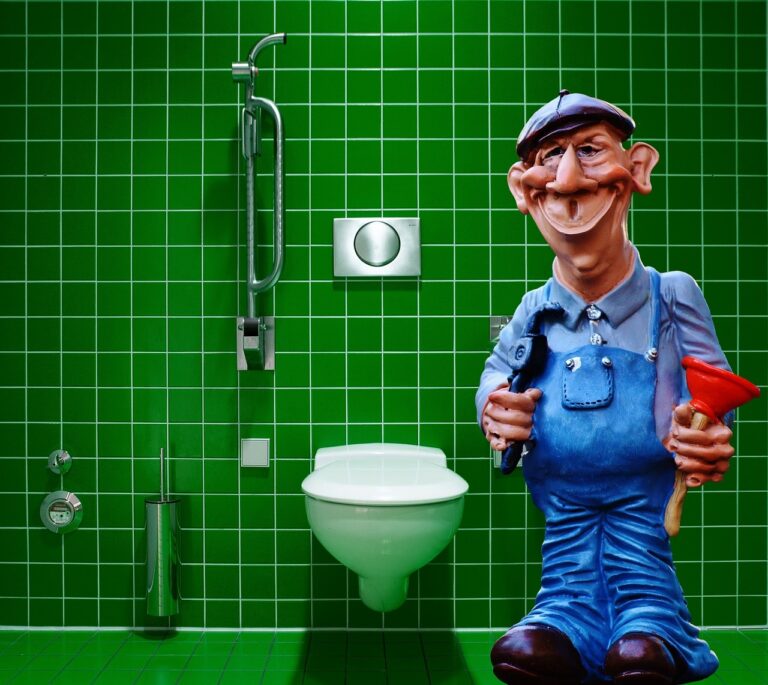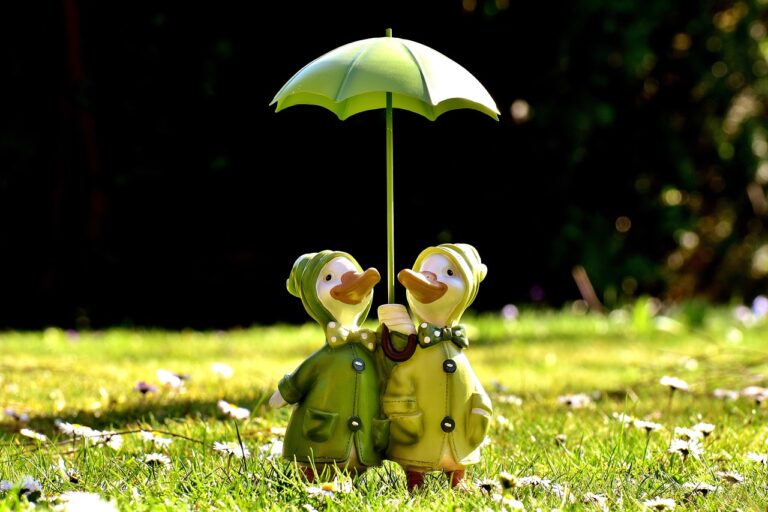Exploring the Cultural Impact of Iconic Movie Costumes
Movie costumes have always played a significant role in shaping popular culture and influencing fashion trends. From the glamorous gowns worn by Hollywood starlets to the superhero suits that have captured the imaginations of millions, iconic movie costumes have the power to evoke emotion, convey character, and leave a lasting impression on audiences around the world. In this article, we will delve into the cultural impact of iconic movie costumes and explore how these garments have become synonymous with the characters who wear them.
The Power of Costume Design
Costume design is a crucial element of filmmaking that can make or break a character’s portrayal on screen. A well-designed costume can help actors get into character, enhance the overall visual aesthetic of a film, and provide valuable insights into a character’s personality, social status, and motivations. Costume designers work closely with directors, producers, and actors to create costumes that not only look visually stunning but also serve a narrative purpose within the film.
Memorable Movie Costumes
Throughout cinematic history, there have been countless iconic movie costumes that have left a lasting impact on audiences. From the glitzy gowns worn by Audrey Hepburn in “Breakfast at Tiffany’s” to the sleek black suit donned by Keanu Reeves in “The Matrix,” these costumes have become synonymous with the characters who wore them and have influenced fashion trends for decades.
One of the most iconic movie costumes of all time is the ruby red slippers worn by Judy Garland in “The Wizard of Oz.” These shoes have become a symbol of magic and wonder, and have inspired countless fashion designers, artists, and filmmakers. Another memorable costume is the black leather catsuit worn by Michelle Pfeiffer in “Batman Returns.” This sleek and sexy outfit perfectly encapsulates the fierce and cunning nature of her character, Catwoman.
Celebrity Designers in Film
Many renowned fashion designers have collaborated with filmmakers to create memorable costumes for their movies. Designers such as Edith Head, Colleen Atwood, and Sandy Powell have made significant contributions to the world of costume design, winning multiple Oscars for their work in films like “All About Eve,” “Alice in Wonderland,” and “The Aviator,” respectively.
Impact on Fashion Trends
Iconic movie costumes have also had a significant impact on fashion trends, inspiring designers, stylists, and consumers around the world. For example, the flowing white dress worn by Marilyn Monroe in “The Seven Year Itch” has become a timeless symbol of glamour and sensuality, influencing countless designers to create their own versions of the iconic dress.
Similarly, the striped sweater worn by Audrey Hepburn in “Funny Face” has become a staple in many fashionistas’ wardrobes, embodying the effortlessly chic and sophisticated style that Hepburn was known for. These costumes have not only influenced the fashion industry but have also become cultural touchstones that continue to resonate with audiences to this day.
Case Study: The Impact of Wonder Woman’s Costume
One of the most iconic superhero costumes in movie history is the outfit worn by Wonder Woman, portrayed by Gal Gadot. Designed by Lindy Hemming for the 2017 film, “Wonder Woman,” the costume perfectly captures the character’s strength, courage, and heroism. The combination of red, blue, and gold hues, along with the intricate detailing of the armor, conveys Wonder Woman’s Amazonian roots and warrior spirit.
Wonder Woman’s costume has had a profound impact on popular culture, inspiring women and girls around the world to embrace their own strength and power. The costume has been reimagined in various forms, from Halloween costumes to high fashion editorials, and has become a symbol of female empowerment and resilience. Wonder Woman’s costume continues to resonate with audiences of all ages, demonstrating the lasting impact that iconic movie costumes can have on society.
Conclusion
Iconic movie costumes are more than just garments worn by characters on screen they are cultural artifacts that have the power to shape our perceptions, inspire our imaginations, and leave a lasting impact on society. From the glamorous gowns of Hollywood’s golden age to the superhero suits of today’s blockbusters, movie costumes continue to captivate audiences and influence fashion trends around the world. As we continue to celebrate the art of costume design in film, let us remember the transformative power of these iconic garments and the indelible mark they leave on our cultural landscape.
FAQs
1. What is the role of costume design in film?
Costume design is a crucial element of filmmaking that can help actors get into character, enhance the overall visual aesthetic of a film, and provide valuable insights into a character’s personality, social status, and motivations.
2. How do iconic movie costumes influence popular culture?
Iconic movie costumes have the power to evoke emotion, convey character, and leave a lasting impression on audiences around the world. These costumes can inspire fashion trends, shape societal perceptions, and become cultural touchstones that resonate with audiences for generations.
3. What are some examples of iconic movie costumes?
Some examples of iconic movie costumes include the ruby red slippers from “The Wizard of Oz,” the black leather catsuit from “Batman Returns,” and the white dress from “The Seven Year Itch.” These costumes have become synonymous with the characters who wore them and have influenced fashion trends for decades.
4. How do celebrity designers contribute to costume design in film?
Renowned fashion designers such as Edith Head, Colleen Atwood, and Sandy Powell have collaborated with filmmakers to create memorable costumes for their movies. These designers have won multiple Oscars for their work and have made significant contributions to the world of costume design.







